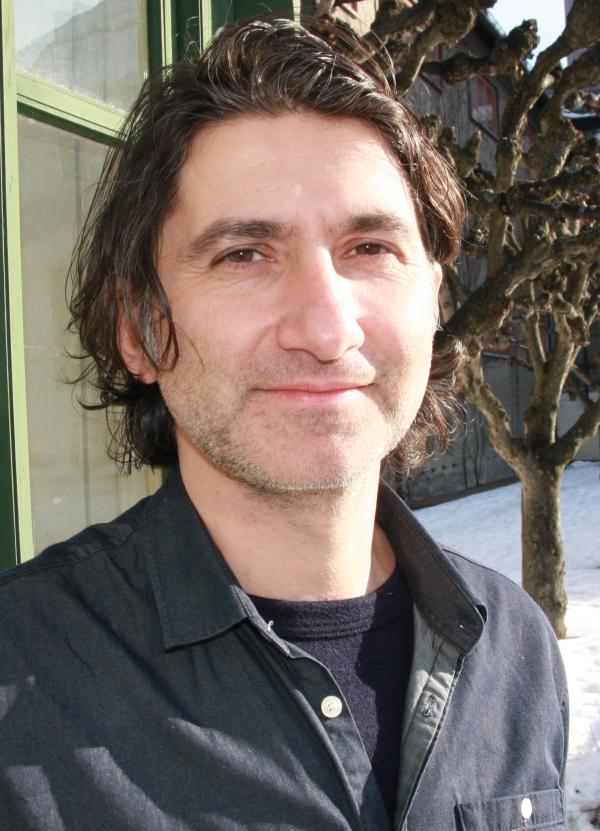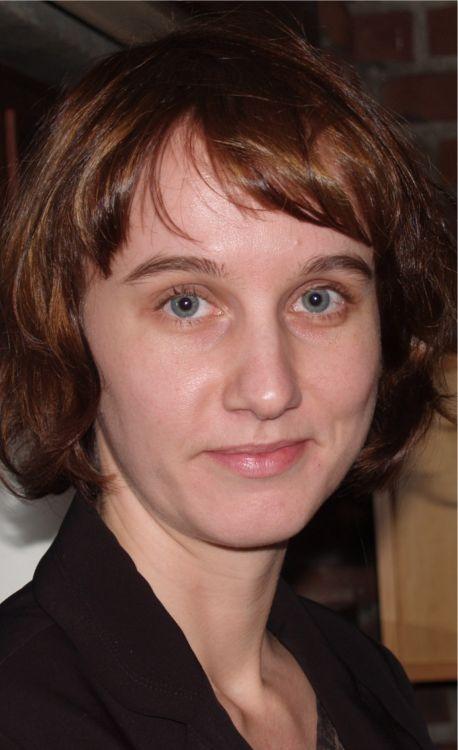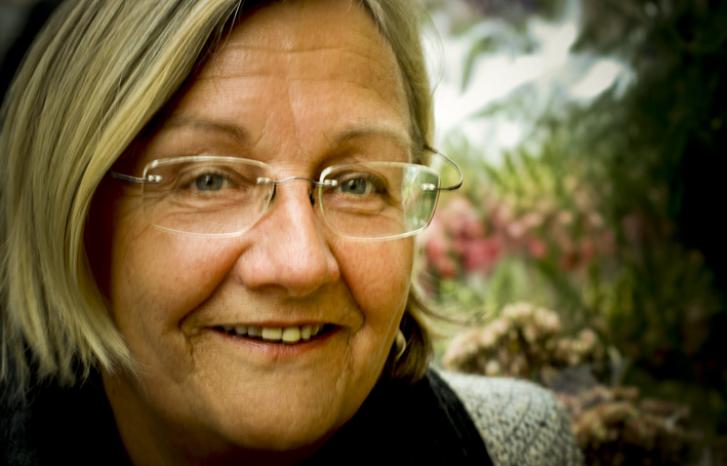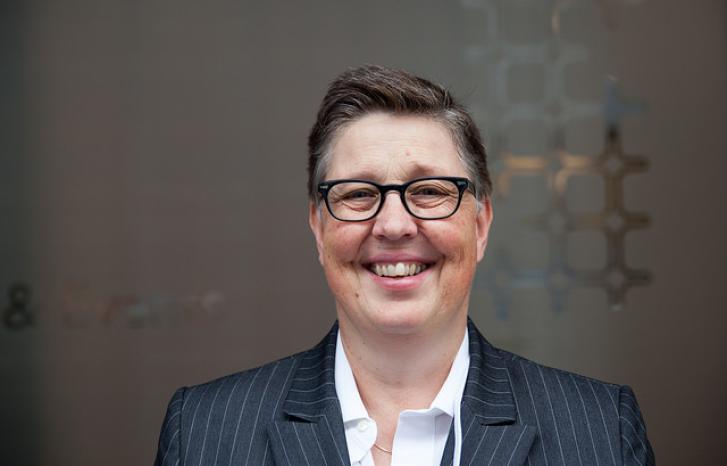No class perspective, a lack of understanding of structural variations, and too strict limitations for state interference. The researchers behind the official Norwegian equality reports are not particularly impressed with the so-called Blue blue Cabinet’s White Paper on equality.
Informally, the conservative government is called the Blue Blue Cabinet, referring to the conservative party Høyre's light blue and the populist Progress Party's dark blue party colour, respectively.
The Equality Committee was appointed in 2010, and submitted two official reports; Struktur for likestilling (“Structure for Equality”) in 2011, and Politikk for likestilling (“Policy for Equality”) in 2012. The Red-green Coalition - which consisted of the Labour Party, the Socialist Left Party and the Centre Party - did not present a White Paper on equality until the very end of its last term in office. This was quickly withdrawn by the Solberg government.
The withdrawal was strange, commented Professor and leader of the Equality Committee Hege Skjeie in the daily newspaper Dagens Næringsliv. “The White Paper is not characterised by a particularly red-green ideology. It is rather based on an extensive factual foundation mapping the equality situation in Norway.”
Kilden Kjønnsforskning.no has asked a number of the committee members how they think the blue blue paper relates to the research and knowledge presented in the official equality reports, and what perception of equality they find in the paper.

Individual men
“By and large, the descriptions of the challenges related to equality in the paper are based on what was emphasised in the report from the Equality Committee, which are also apparent from research,” says Thomas Walle.
He is curator at the Norwegian Museum of Cultural History, and was a member of the Equality Committee.
Having said that, Walle emphasises that a perception of structural reasons for inequality in society is missing in the new paper.
“The paper is very concerned with the fact that equality is about both women and men. But there is something about how this is repeated and formulated, that it concerns everybody, not just women, that has a tendency to undermine the structural dimension.”
Individuals are placed in the foreground at the expense of the overarching structures, according to Walle.
“It is not clearly expressed. One may read the paper and think that “great, how positive that they’ve included men”. The challenge is to have a perspective that includes men while at the same time relate to the social structures that create inequality.”
The challenge is to have a perspective that includes men while at the same time relate to the social structures that create inequality.
Missing class perspective
Mari Teigen, also a previous member of the Equality Committee and leader of CORE – Centre for Research on Gender Equality, points to some of the missing perspectives in the White Paper.
“The chapter on education in the new White Paper place large emphasis on a boy’s perspective. I have previously called for men’s and boy’s perspectives in the equality policy myself,” says Teigen.
“But many of the challenges that are pointed out in this chapter, such as who are the achievers and who are the drop-outs in school, primarily have to do with social differences. Social differences are more important in terms of explaining these challenges than gender, although there are gender differences too.”
Class is a returning topic in the chapter on education in the withdrawn red-green report. It is mentioned in the blue blue report, but not given much space. This is in spite of the fact that both papers refer to much of the same research.
Kjønnsforskning.no has written about this in the news article Class more important than gender for school performance.
Immigrants’ culture
Thomas Walle is not particularly impressed with the new White Paper’s immigrant perspective either. It is specified in the introduction that the government guarantees a male perspective and an immigrant perspective in their equality work.
“When immigration is brought up it has to do with challenges within the immigrant communities, which again is connected to cultural differences,” says Walle.
“The challenges are not seen in connection to other social dimensions such as class, identity, or ties to the labour market.”
“They’re not saying this explicitly, but it nevertheless becomes clear that immigrant women’s problems are grounded in cultures that restrict women’s rights. There is no pronounced wish to view these challenges in a class perspective.”

It is also stated in the introduction to the paper that “Gender equality is part of Norway’s identity”. The last chapter is about gender equality and foreign politics.
“The chapter on foreign politics is an example of how this paper creates a picture of a Norway which is ahead in terms of gender equality compared to other places. Thus it makes sense to talk about challenges in other countries rather than here in Norway,” says Mari Teigen.
Gender without context
The reports from the Equality Committee viewed gender in relation to class, life cycle, and ethnicity. The red-green paper followed this path.
The blue blue paper, on the other hand, lists a number of categories in the introduction. In addition to a male perspective and an immigrant perspective, it says that all humans are entitled to the same opportunities and rights to participate in society regardless of gender, functional ability, ethnicity, language, religion, and sexual orientation.
This is, however, not followed up systematically in the subsequent chapters.
“There is no intersectionality here,” says Walle.
“The paper does not regard gender in connection to the other categories.”
Like many others, Walle is critical to the allocation of the low sum of 10 million Norwegian kroner, which is supposed to cover the costs of increased gender equality in the country. But this is about more than just money.
“They say that there are challenges, but nothing specific about what they intend to do. The government doesn’t seem to realise what research says about which measures are effective and not. Instead, they create measures related to their own ideological ideas. For instance, while emphasising the male perspective on the one hand, they have at the same time reduced the father’s quota. Structural dimensions must yield to the so-called freedom of choice.”
The minister could at least have approached her own issues more offensively.
Horne ignores matters close to her own heart
Cathrine Holst, researcher at Centre for European Studies, CORE – Centre for Research on Gender Equality, and member of the Equality Committee calls for a real blue blue focus on gender equality – equality in their own terms.
“The present government has to implement the type of gender equality policy that they believe in. Here, they had the opportunity to really get to the depth of things and mark out the course for a modern, conservative feminism. It shouldn’t surprise anyone that the conservative parties may have different opinions on gender equality than the red-green coalition had,” says Holst.
The Minister of Children, Equality and Social Inclusion from the Progess Party, Solveig Horne, has promoted issues such as the inclusion of minority women in education and the labour market, and preventing domestic violence.
“The minister could at least have approached her own issues more offensively,” says Holst.
“But the White Paper is neither offensive on the cases close to her own heart nor on other issues.”
“Is this a lost opportunity for the conservatives to show their own version of gender equality?”
“Yes! And at the same time this is exactly what they’re showing us.”
“There is no internal political will in the government to take measures, as was the case with the last government. Their priorities lie elsewhere.”
Given lower priority by both red-green and blue blue governments

There is a lot of knowledge out there on the types of measures that would create more gender equality throughout the country, but according to the researchers in the Equality Committee, no government has shown any initiative to actually employ this knowledge thus far.
“In 2003 Hege Skjeie and I wrote the book Menn i mellom, (“Between men”), in which we launched the term “equality’s duty to yield”,” says Mari Teigen.
“You’re met with a wall of goodwill; everybody agrees that there are problems here. But there isn’t much interest in doing anything about it. There is no lack of good ideas on what we can do; the Equality Committee’s report is full of good suggestions.”
But according to the equality researcher, the entire field is characterised by a general unwillingness to act.
“Gender equality competes with other principles and concerns, and equality is always the one that must yield.”
Gender equality competes with other principles and concerns, and equality is always the one that must yield.
Calls for gender equality directorate
One of the Equality Committee’s major ideas was the idea of a gender equality directorate with regional offices, to take responsibility for facilitating the equality policy to regional and local conditions and to ensure the actual implementation of the equality policy across the country.
The idea of such a directorate was related to what current research has to say about today’s strategy, according to which equality is regarded as everybody’s responsibility.
“All existing analyses of attempts to implement politics with this type of mainstreaming strategy have shown that they don’t work in practice,” says Teigen.
Not left/right politics
According to Cathrine Holst, the recommendations concerning a new organisation of the equality policy are not along a left/right axis.

“These suggestions were relevant regardless of the government’s political sympathies. It had nothing to do with increased bureaucracy, it was about improving the administrative organisation along the same lines as within other political fields,” says Holst.
“As a member of the Equality Committee for a year and a half, in which we proposed measures rooted in a thorough examination of existing research, I would of course want the White Paper to systematically relate to our recommendations. However, it’s a political choice what Minister Solveig Horne wants to go for. But the government says repeatedly that it wants more knowledge-based politics. Thus perhaps one would expect that such an extensive report would have been taken more into consideration.”
Limits for official equality politics
According to Holst, the perception of gender equality in the White Paper from the blue blue government is not very different from the red-green perspectives. Both focus on equal opportunities for all.
Moreover, she has seen that the Labour Party is more positive to many of the Equality Committee’s recommendations now that they’re in opposition than they were when in position.
One characteristic difference, however, is that the conservatives have more focus on the limits for interference by state authorities.
“They have a principle that there are limits to what the state should do to promote equality versus what the private sector and civil society should do themselves. As a matter of fact, the government is generally very preoccupied with setting limits to what should be done on this area,” says Holst.
“And the state must set its limits, but the line shouldn’t be drawn elsewhere when it comes to gender equality than with other issues. Norway has a number of directorates. I’ve never heard that anyone is ʻprincipallyʼ against any of these directorates.”
Large regional variations
All the members of the Equality Committee that kjønnsforskning.no has been in touch with express their clear message that the mainstreaming of gender perspectives into all areas does not work in practice. Someone needs to have the chief responsibility. According to them, this is well documented and well argued in the reports, and completely ignored by Norwegian politicians.
Thomas Walle particularly emphasises the regional perspective.
“We need to make an effort which is targeted directly at the different challenges in the various regions. That is why we recommended a directorate with regional offices. In Norway there are bigger regional differences when it comes to gender equality than within the particular groups women/men.”
“Whether red-green or blue blue, nobody wants to take the big measures on this area?”
“That’s how it seems. Although everybody agrees that it’s really important.”
Translated by Cathinka Dahl Hambro
- The Equality Committee was appointed in 2010. Their mandate was to “lay the foundations for an overall knowledge based equality policy for the future.”
- The committee was led by Professor of Political Science Hege Skjeie.
- The committee submitted two official reports: Struktur for likestilling (“Structure for Equality”) in 2011, and Politikk for likestilling (“Policy for Equality”) in 2012.
- The red-green government submitted their White Paper on equality, Meld. St. 44 Likestilling kommer ikke av seg selv (“Equality doesn’t come unaided”) in the early summer of 2013.
- It was withdrawn shortly after the conservative Solberg government took over following the 2013 election.
- Solveig Horne has spent two years on the new White Paper on Equality, Meld. St. 7 Likestilling i praksis – Like muligheter for kvinner og menn (“Equality in Practice – Equal Opportunities for Women and Men”).
- It was launched on October 9, the same day as the winner of the Nobel Peace Prize was announced.
- Both the red-green and the blue blue papers on equality have received extensive criticism for not being ambitious enough on equality matters.



